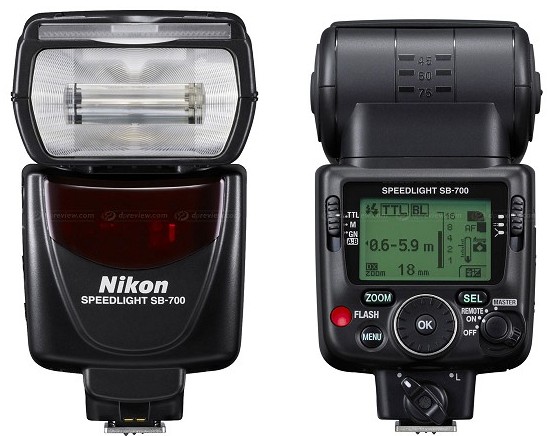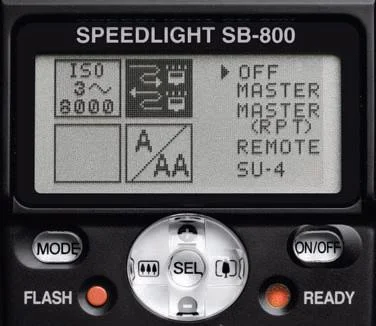Guide Number, usually abbreviated GN, determines power rating of flash unit that describes how powerful flash unit is and how far it can shoot. In another word, GN specifies the power of an electronic flash in a way that it can be used to determine the right f-stop to use at a particular shooting distance and ISO setting. GN is mainly used to calculate how your camera’s aperture should be set to get proper flash light. When there were no automatic flash units available for photographers, they used to do a manual calculation using the GN and the distance of the subject from the flash unit. GN is usually given in reference of ISO value 100. For example, Nikon D90's built-in flash has a Guide Number of 12 meters or 39 feet at ISO 100 in auto mode (i-TTL). And in Manual mode, it has a Guide Number of 13 meters or 43 feet. GN is slightly less in i-TTL mode than in Manual mode because it spends energy to fire pre-flashes before the main flash goes off (to meter correct amount of the light for the subject). Basically, to determine the right exposure at any given ISO settings, you would divide the guide number by the distance to get appropriate f-stop. We can write the mathematical formula as,
Aperture = GN / Distance
Using D90’s built-in flash as an example, at ISO 100 with its GN of 43 feet in Manual mode, if you wanted to shoot a subject at a distance of 10 feet, you would use f/4.3 (43 divided by 10), or close to this value in practice. Similarly if subject is at 5 feet, an f-stop value f/8 would be used to get proper exposure. But in practical, we may need to increase the ISO few stops to adjust with f-stop and the distance of the subject.
When we are talking about the Guide Number, we didn’t mention about the Shutter speed and we only talked about the Aperture. It is very important to remember that Shutter speed controls the brightness of the ambient light and Aperture controls the amount of light from the flash. We use Guide Number calculation to help control the flash exposure. Today, GN is mostly used for comparing the power of various flash units, rather than actually calculating the exposure value to use. You don’t need to be a math genius to see that an electronic flash with a GN in feet of, say 98 at ISO 100 (like the SB-600) would be a lot more powerful than the Nikon D90’s built-in flash. Using that GN as a reference, Nikon SB-600 allows you to shoot up to 22 feet using f/4.5 at ISO 100 easily.
Please refer to your flash user manual to get the exact GN value.











